Working Memory in the Classroom: Practical Strategies for Teachers
Understand working memory and its crucial role in learning. Discover practical strategies to support students with limited working memory capacity and reduce cognitive overload.


Working memory is the cognitive system responsible for temporarily holding and manipulating information. Often described as the brain's mental workspace, it plays a critical role in learning, problem-solving, and following instructions. Research suggests that working memory capacity is one of the strongest predictors of academic achievement. For teachers, understanding working memory helps explain why some students struggle with complex tasks and informs strategies for reducing cognitive overload.
Working memory is critical for learning because it allows us to hold information in mind while we are engaged in other activities. It also helps us organize and process new material, which makes it a key component of academic success. Working memory can be defined as “the ability to actively maintain and manipulate mental representations over short periods of time” or simply put: “The capacity to keep things in your head at once” (Kail & Sowden, McQueen, 2012). The working memory system consists of three subsystems that work together to support our cognitive processes: 1) an executive control network; 2) a central processing unit; 3) a phonological loop. These components interact with each other through feedback loops such that they continually update one another.
The Central executive within the working memory is responsible for managing, controlling, and directing other functions such as information coding and storage. Therefore, it is important to consider how we plan our learning activities so that we are managing the expectations on the Central executive sufficiently. This will ensure that learning processes are structured in an effective manner and pupils do not become overwhelmed with too many processes at any one time.
Cognitive psychology research has shown that the working memory is a limited resource system with a relatively low capacity. It is therefore expected that various processes, such as those within classroom learning environments, will take longer for pupils to deal with if the workloads put on the Central executive are too high. That's why it's important for educators to be aware of how they structure their classroom activities so that they don't overwhelm students and cause them to experience cognitive overload.
Selective attention is a key concept in helping students manage the large amount of information they are expected to process during classroom activities. By concentrating their attention on the relevant pieces of information and ignoring non-essential ones, pupils can improve their cognitive performance and conserve working memory resources. As such, it is important for teachers to teach skills that promote efficient selective attention during instruction.
For the classroom educator, memory is very important in several different respects. We want to affect long-term memory, that is if learning has been successful a child should be able to store that information and retrieve it effectively. Storing information away in the long-term memory is dependent upon how well we have managed our working memory. The working memory is the here and now of our consciousness, it is the stuff that we are holding in our mind at this present moment.
This is the place where we generate meaning and organise our ideas into schema. Working memory in children is important as if it is overloaded it can be detrimental to learning. For example, if you are asked to hold a lot of information like numbers in your working memory they quickly feels up.
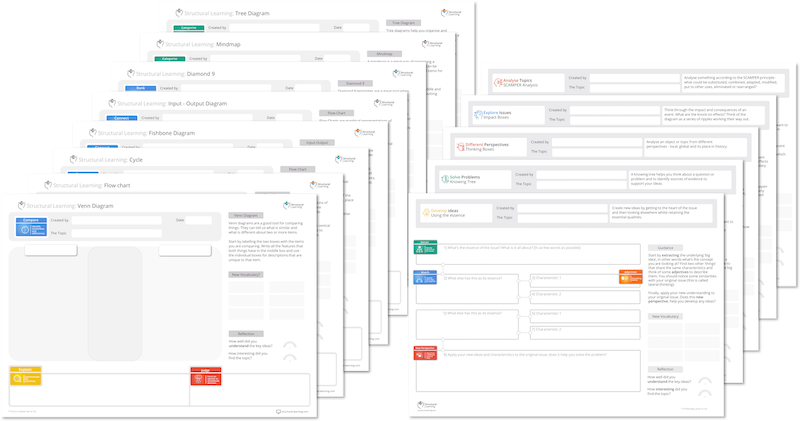
We can use memory skills such as mnemonics but this doesn't lead to deep learning. Memory failures are more often than not down to ineffective encoding. As Daniel Willingham puts it, memory is the residue of thought. Our memory performance is dependent upon how well and how organised our thinking is.
We can use techniques such as retrieval practice to improve memory but if we haven't encoded the information effectively in the first place we don't stand much of a chance when trying to recall knowledge. Daniel Willingham also argue that our working memory capacity is static. You get what you get. We can think of our working memory as a holding pen, I can hold stuff for a certain amount of time but then it quickly fades away.
If our working memory really is quite small how do we manage it effectively? Let's think about how our mind processes information, there may be some clues there. Using words alone and speech and writing can quickly act as a memory overload for children. Language is sequential in nature and words are presented one after the other. How are verbal short-term memory can only hold a few units of information.
We shouldn't get frustrated when children cannot remember complex tasks, they're working memory simply isn't big enough to hold all of the information. We can use memory interventions such as externalising our thinking. We can use tools such as graphic organisers and post-it notes to take the contents of our cluttered working memory into a larger space where we can see it and touch it. Our members schools have been using writers block as a memory intervention. Improving working memory might not be possible but improving the way we work with it certainly is.
We can also use visual aids such as images and diagrams to help our working memory. This is known as the Visuo-spatial Sketchpad. It is used to remember, analyse and create visual data with short-term memory. An example of this could be when a student draws mind maps to remember information or uses colour coding during revision to remember facts. Visuo-spatial strategies are therefore great tools for improving memory and learning in the classroom.
Besides the Visuo-spatial Sketchpad, we can also use external memory resources to remember what we have learned. This includes using images to store information (as with mind maps and diagrams). We can also write information down in notebooks or on post-it notes for easier retrieval of specific facts. Just as we use objects outside our brain as anchors, using external memory sources is a great way to improve working memory and promote more efficient learning in the classroom.
Attentional control is key to help us improve our working memory while learning. Focusing on tasks and specific information instead of getting distracted by irrelevant things will enable us to better processes what we have learnt and make it easier to recall the information without having to rely on visual or written aids. It also clarifies our thinking when trying to process complex data, such as solving a math problem.

The block building concept, we call mental modelling, appeals to the visual working memory. The brightly coloured blocks and spatial arrangements improve memory trace. Children seem to be able to remember the positioning of the blocks which triggers better recall of the curriculum content.
There are plenty of products available that claim they lead to improving working memory. If we assume our memory capacity cannot be made any bigger than we should be shifting our attention to changing classroom practice. Mind maps and graphic organisers are based upon the idea that our visual working memory can help us organise and chunk information into retrievable memories.
There are also implications on how well educators organise their materials to accommodate memory overload. Those wall displays and power points don't need to hold too much information. Improving working memory processes might be the key for creating long-term knowledge.
Memory in children is important as it allows them to learn and retain new information, build relationships with the material being learned, and make connections between ideas. Improved memory can help stimulate their thinking process, increase their creativity, and give them a better understanding of the world around them. By making simple changes to classroom practice, such as using visual methods like block building to enhance memory representations, educators can ensure that all students are given an equal opportunity for success.

Providing children with techniques for organising and constructing knowledge could pave the way for better retrieval. If you are working in a primary school you may have heard the educational psychologist talking about working memory problems. If we can help children process curriculum content using their visual working memory then we might be able to reduce the amount of memory difficulties we see in our classrooms.
If we treat the working memory as a gateway to long-term memory then we might be able to treat it with the respect it deserves. This temporary storage system is exactly what it says, if we don't process the contents of it then it's quickly going to fade away. We want to build those schemas enable us to store away knowledge in the long-term memory. The short-term memory is like a holding pen for the 'to be learnt material'.
Depending on how well we process or organise this information will affect how well our long-term memory can store this information effectively. Improving working memory might not be possible but having suitable strategies for processing incoming information will certainly help us build robust knowledge in our long-term memory.
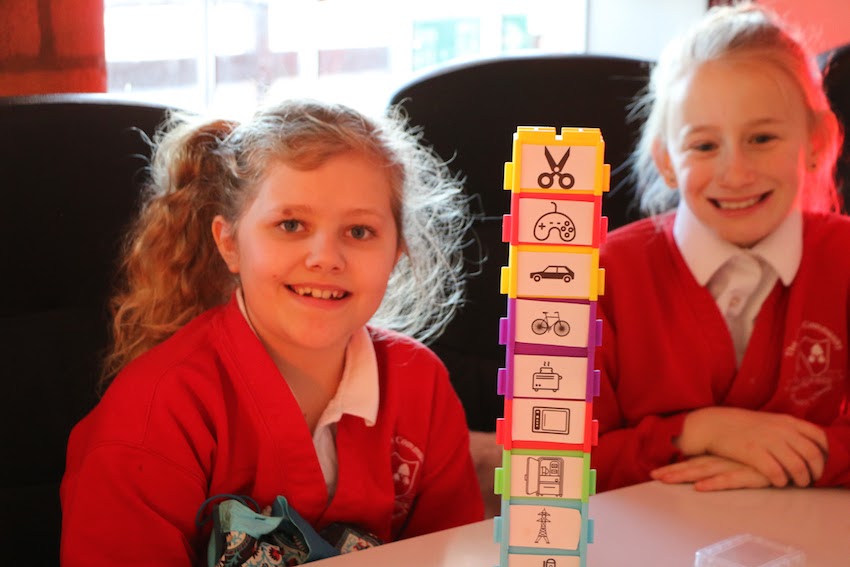
Do you remember those brain training games? They gave us the illusion that memory deficits could be improved by playing engaging games that gave us numerical feedback and scoring charts. These sorts of memory tasks can provide us with confidence but they don't really improve our learning capacity.
We know that the effects of these games are not transferable to other domains of learning and what we were actually saying was the practice effect in action. Memory failures, in children are usually down to the way information has been processed. In addition, if the child has not had suitable retrieval practice then they are not getting a chance to activate their long-term memory on a regular basis.
We have seen educational psychologists use memory intervention techniques such as 'memory trays'. However, if the current literature is correct then these sorts of memory interventions have little value. A weak working memory inhibits a child's ability to focus on a task for a substantial amount of time. Memory difficulties can hold back a learner in a variety of different ways.

Attention, perception, comprehension and communication can all be effected. It would seem that there is no one single cause for poor memory performance. There are many factors at play here including emotion, environment and individual differences. As an educator I am interested in finding out more about why some students struggle so much when trying to learn new things. What makes them forget everything they've ever learned? Why do some people find it easy to memorise facts while others cannot even recall basic vocabulary words? How does your own personal experience influence your understanding of memory?
We have seen educational psychologists use memory intervention techniques such as 'memory trays'. How do you measure working memory?
The most common method used to assess working memory involves measuring the number of items held in mind simultaneously. Working memory tests often involve remembering sequences of numbers or letters. The length of sequence varies from two digits up to nine digits.
Some researchers also include distractors between each item in order to make sure participants are actively maintaining the target sequence rather than just passively listening to it. For example, instead of asking "What is the first digit?" ask "What is the last digit?". This type of test requires individuals to keep track of multiple pieces of information over short periods of time. If this process becomes too difficult, the person may begin to lose concentration and start forgetting details. This is known as cognitive overload.
Cognitive load refers to how easily someone can maintain attention during a particular activity. When performing complex activities like reading, writing, speaking, etc., the brain must constantly switch its resources among several mental processes. To perform well under high levels of cognitive demand, the brain needs adequate processing power.
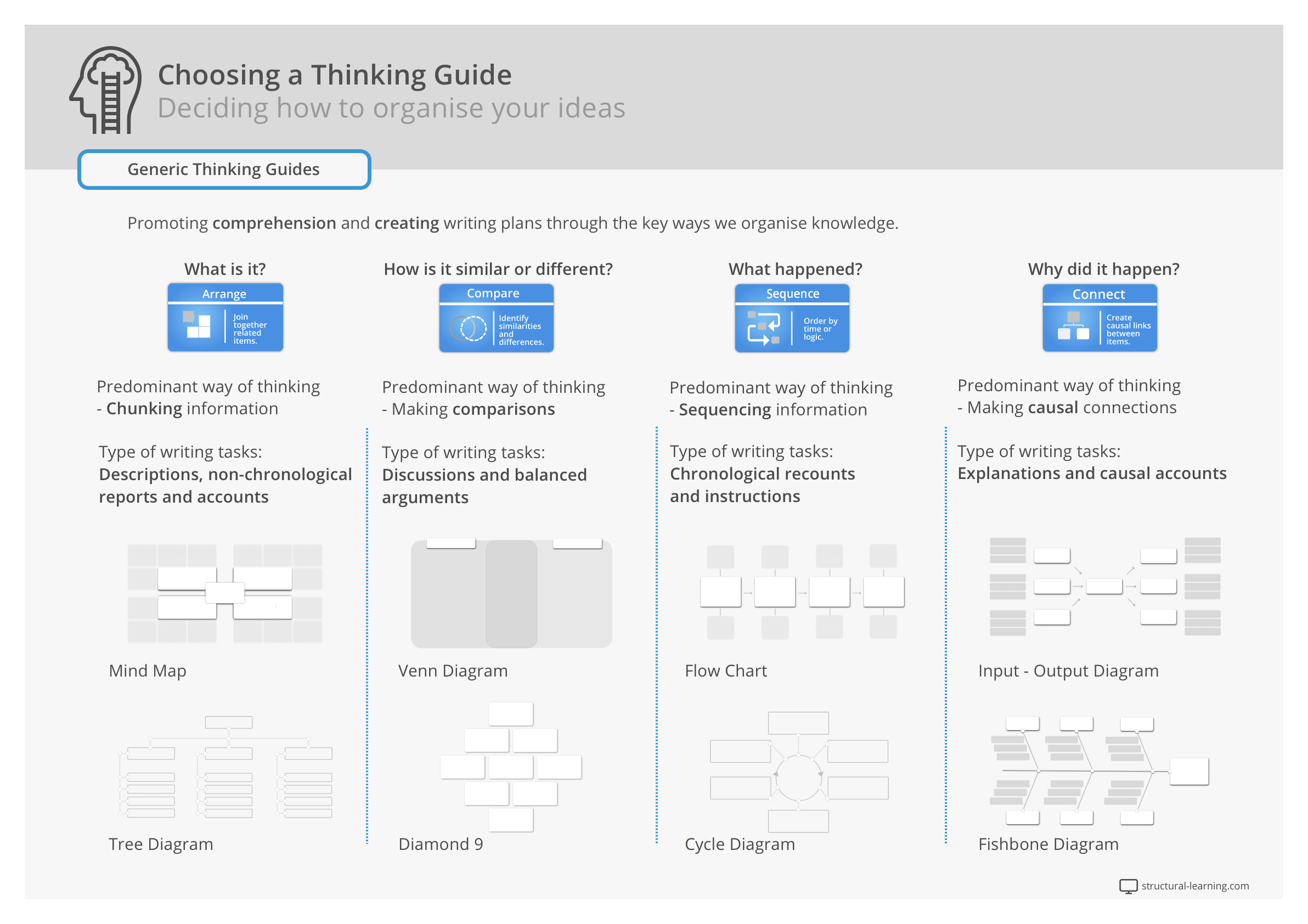
It seems that every year there is another study showing that children who score poorly on standardized math tests tend to have poorer working memories. So far, research shows that low scores on measures of working memory correlate with lower academic achievement across subjects. In addition, children with ADHD show deficits in their working memory capacity. These findings suggest that working memory plays a role in learning disabilities.
Understanding some basic memory functions will enable educators to create meaningful learning experiences that result in long-term memory changes. If the research is correct, our working memory capacity is finite. Assuming that this is the case, if a child has a weak working memory then we should be shifting our attention to temporarily increasing the capacity of their minds. How do we do this? The technique that we have been pioneering over the last few years, mental modelling enables the child to 'think outside of their head'. That is to say, the building blocks act as an extension to their mind.
This has a significant implication for a child with a memory impairment. Instead of trying to grapple with all the new incoming information which causes a memory overload, we now have a place to park our ideas and make connections. The strategy scaffolds the memory functions that are fundamental to learning new things.
Organising, connecting and articulating our ideas helps us to build those all important schemas. Increasing the short-term storage into a visual storage system helps alleviate the pressure on a weak working memory. There will always be individual differences with our working memories but more importantly, there are some universal principles that will help us address the memory difficulties we encounter in the classroom.
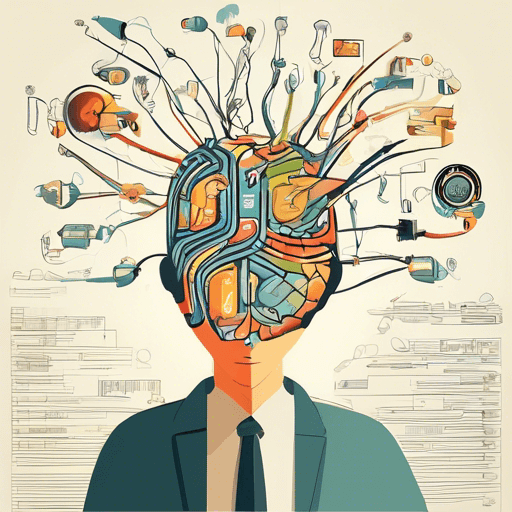
Working memory in the classroom
Working Memory Model
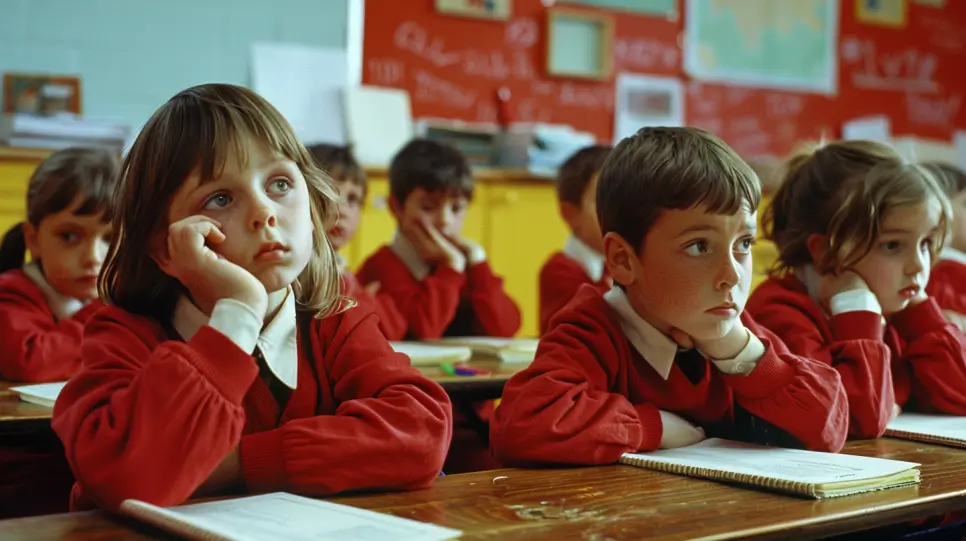
Here are five key studies focusing on working memory in relation to learning and other areas of cognition:
These studies collectively emphasize the critical role of working memory in various cognitive domains, the potential for targeted training to mitigate memory deficits, and the nuanced relationship between working memory and academic learning.
Working memory is the cognitive system responsible for temporarily holding and manipulating information. Often described as the brain's mental workspace, it plays a critical role in learning, problem-solving, and following instructions. Research suggests that working memory capacity is one of the strongest predictors of academic achievement. For teachers, understanding working memory helps explain why some students struggle with complex tasks and informs strategies for reducing cognitive overload.
Working memory is critical for learning because it allows us to hold information in mind while we are engaged in other activities. It also helps us organize and process new material, which makes it a key component of academic success. Working memory can be defined as “the ability to actively maintain and manipulate mental representations over short periods of time” or simply put: “The capacity to keep things in your head at once” (Kail & Sowden, McQueen, 2012). The working memory system consists of three subsystems that work together to support our cognitive processes: 1) an executive control network; 2) a central processing unit; 3) a phonological loop. These components interact with each other through feedback loops such that they continually update one another.
The Central executive within the working memory is responsible for managing, controlling, and directing other functions such as information coding and storage. Therefore, it is important to consider how we plan our learning activities so that we are managing the expectations on the Central executive sufficiently. This will ensure that learning processes are structured in an effective manner and pupils do not become overwhelmed with too many processes at any one time.
Cognitive psychology research has shown that the working memory is a limited resource system with a relatively low capacity. It is therefore expected that various processes, such as those within classroom learning environments, will take longer for pupils to deal with if the workloads put on the Central executive are too high. That's why it's important for educators to be aware of how they structure their classroom activities so that they don't overwhelm students and cause them to experience cognitive overload.
Selective attention is a key concept in helping students manage the large amount of information they are expected to process during classroom activities. By concentrating their attention on the relevant pieces of information and ignoring non-essential ones, pupils can improve their cognitive performance and conserve working memory resources. As such, it is important for teachers to teach skills that promote efficient selective attention during instruction.
For the classroom educator, memory is very important in several different respects. We want to affect long-term memory, that is if learning has been successful a child should be able to store that information and retrieve it effectively. Storing information away in the long-term memory is dependent upon how well we have managed our working memory. The working memory is the here and now of our consciousness, it is the stuff that we are holding in our mind at this present moment.
This is the place where we generate meaning and organise our ideas into schema. Working memory in children is important as if it is overloaded it can be detrimental to learning. For example, if you are asked to hold a lot of information like numbers in your working memory they quickly feels up.

We can use memory skills such as mnemonics but this doesn't lead to deep learning. Memory failures are more often than not down to ineffective encoding. As Daniel Willingham puts it, memory is the residue of thought. Our memory performance is dependent upon how well and how organised our thinking is.
We can use techniques such as retrieval practice to improve memory but if we haven't encoded the information effectively in the first place we don't stand much of a chance when trying to recall knowledge. Daniel Willingham also argue that our working memory capacity is static. You get what you get. We can think of our working memory as a holding pen, I can hold stuff for a certain amount of time but then it quickly fades away.
If our working memory really is quite small how do we manage it effectively? Let's think about how our mind processes information, there may be some clues there. Using words alone and speech and writing can quickly act as a memory overload for children. Language is sequential in nature and words are presented one after the other. How are verbal short-term memory can only hold a few units of information.
We shouldn't get frustrated when children cannot remember complex tasks, they're working memory simply isn't big enough to hold all of the information. We can use memory interventions such as externalising our thinking. We can use tools such as graphic organisers and post-it notes to take the contents of our cluttered working memory into a larger space where we can see it and touch it. Our members schools have been using writers block as a memory intervention. Improving working memory might not be possible but improving the way we work with it certainly is.
We can also use visual aids such as images and diagrams to help our working memory. This is known as the Visuo-spatial Sketchpad. It is used to remember, analyse and create visual data with short-term memory. An example of this could be when a student draws mind maps to remember information or uses colour coding during revision to remember facts. Visuo-spatial strategies are therefore great tools for improving memory and learning in the classroom.
Besides the Visuo-spatial Sketchpad, we can also use external memory resources to remember what we have learned. This includes using images to store information (as with mind maps and diagrams). We can also write information down in notebooks or on post-it notes for easier retrieval of specific facts. Just as we use objects outside our brain as anchors, using external memory sources is a great way to improve working memory and promote more efficient learning in the classroom.
Attentional control is key to help us improve our working memory while learning. Focusing on tasks and specific information instead of getting distracted by irrelevant things will enable us to better processes what we have learnt and make it easier to recall the information without having to rely on visual or written aids. It also clarifies our thinking when trying to process complex data, such as solving a math problem.

The block building concept, we call mental modelling, appeals to the visual working memory. The brightly coloured blocks and spatial arrangements improve memory trace. Children seem to be able to remember the positioning of the blocks which triggers better recall of the curriculum content.
There are plenty of products available that claim they lead to improving working memory. If we assume our memory capacity cannot be made any bigger than we should be shifting our attention to changing classroom practice. Mind maps and graphic organisers are based upon the idea that our visual working memory can help us organise and chunk information into retrievable memories.
There are also implications on how well educators organise their materials to accommodate memory overload. Those wall displays and power points don't need to hold too much information. Improving working memory processes might be the key for creating long-term knowledge.
Memory in children is important as it allows them to learn and retain new information, build relationships with the material being learned, and make connections between ideas. Improved memory can help stimulate their thinking process, increase their creativity, and give them a better understanding of the world around them. By making simple changes to classroom practice, such as using visual methods like block building to enhance memory representations, educators can ensure that all students are given an equal opportunity for success.

Providing children with techniques for organising and constructing knowledge could pave the way for better retrieval. If you are working in a primary school you may have heard the educational psychologist talking about working memory problems. If we can help children process curriculum content using their visual working memory then we might be able to reduce the amount of memory difficulties we see in our classrooms.
If we treat the working memory as a gateway to long-term memory then we might be able to treat it with the respect it deserves. This temporary storage system is exactly what it says, if we don't process the contents of it then it's quickly going to fade away. We want to build those schemas enable us to store away knowledge in the long-term memory. The short-term memory is like a holding pen for the 'to be learnt material'.
Depending on how well we process or organise this information will affect how well our long-term memory can store this information effectively. Improving working memory might not be possible but having suitable strategies for processing incoming information will certainly help us build robust knowledge in our long-term memory.

Do you remember those brain training games? They gave us the illusion that memory deficits could be improved by playing engaging games that gave us numerical feedback and scoring charts. These sorts of memory tasks can provide us with confidence but they don't really improve our learning capacity.
We know that the effects of these games are not transferable to other domains of learning and what we were actually saying was the practice effect in action. Memory failures, in children are usually down to the way information has been processed. In addition, if the child has not had suitable retrieval practice then they are not getting a chance to activate their long-term memory on a regular basis.
We have seen educational psychologists use memory intervention techniques such as 'memory trays'. However, if the current literature is correct then these sorts of memory interventions have little value. A weak working memory inhibits a child's ability to focus on a task for a substantial amount of time. Memory difficulties can hold back a learner in a variety of different ways.

Attention, perception, comprehension and communication can all be effected. It would seem that there is no one single cause for poor memory performance. There are many factors at play here including emotion, environment and individual differences. As an educator I am interested in finding out more about why some students struggle so much when trying to learn new things. What makes them forget everything they've ever learned? Why do some people find it easy to memorise facts while others cannot even recall basic vocabulary words? How does your own personal experience influence your understanding of memory?
We have seen educational psychologists use memory intervention techniques such as 'memory trays'. How do you measure working memory?
The most common method used to assess working memory involves measuring the number of items held in mind simultaneously. Working memory tests often involve remembering sequences of numbers or letters. The length of sequence varies from two digits up to nine digits.
Some researchers also include distractors between each item in order to make sure participants are actively maintaining the target sequence rather than just passively listening to it. For example, instead of asking "What is the first digit?" ask "What is the last digit?". This type of test requires individuals to keep track of multiple pieces of information over short periods of time. If this process becomes too difficult, the person may begin to lose concentration and start forgetting details. This is known as cognitive overload.
Cognitive load refers to how easily someone can maintain attention during a particular activity. When performing complex activities like reading, writing, speaking, etc., the brain must constantly switch its resources among several mental processes. To perform well under high levels of cognitive demand, the brain needs adequate processing power.

It seems that every year there is another study showing that children who score poorly on standardized math tests tend to have poorer working memories. So far, research shows that low scores on measures of working memory correlate with lower academic achievement across subjects. In addition, children with ADHD show deficits in their working memory capacity. These findings suggest that working memory plays a role in learning disabilities.
Understanding some basic memory functions will enable educators to create meaningful learning experiences that result in long-term memory changes. If the research is correct, our working memory capacity is finite. Assuming that this is the case, if a child has a weak working memory then we should be shifting our attention to temporarily increasing the capacity of their minds. How do we do this? The technique that we have been pioneering over the last few years, mental modelling enables the child to 'think outside of their head'. That is to say, the building blocks act as an extension to their mind.
This has a significant implication for a child with a memory impairment. Instead of trying to grapple with all the new incoming information which causes a memory overload, we now have a place to park our ideas and make connections. The strategy scaffolds the memory functions that are fundamental to learning new things.
Organising, connecting and articulating our ideas helps us to build those all important schemas. Increasing the short-term storage into a visual storage system helps alleviate the pressure on a weak working memory. There will always be individual differences with our working memories but more importantly, there are some universal principles that will help us address the memory difficulties we encounter in the classroom.

Working memory in the classroom
Working Memory Model

Here are five key studies focusing on working memory in relation to learning and other areas of cognition:
These studies collectively emphasize the critical role of working memory in various cognitive domains, the potential for targeted training to mitigate memory deficits, and the nuanced relationship between working memory and academic learning.